| Structure | Name/CAS No. | Articles |
|---|---|---|
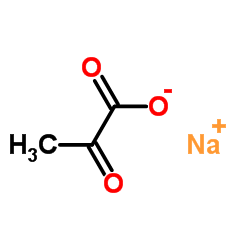 |
Sodium 2-oxopropanoate
CAS:113-24-6 |
|
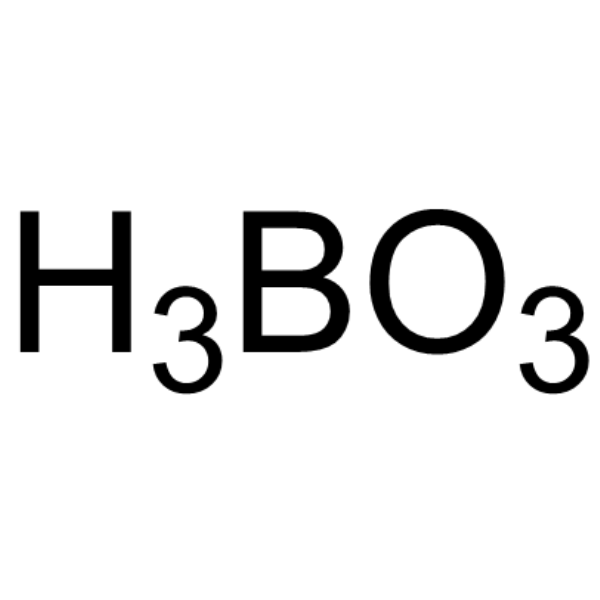 |
Orthoboric acid
CAS:10043-35-3 |
|
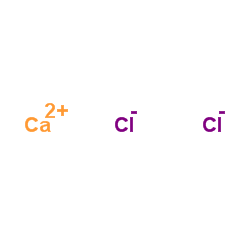 |
Calcium chloride
CAS:10043-52-4 |
|
 |
Sodium deoxycholate
CAS:302-95-4 |
|
 |
Nitrobenzylthioinosine
CAS:38048-32-7 |
|
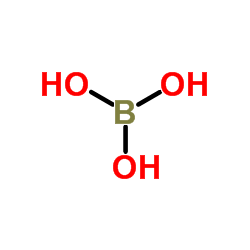 |
Boric acid-11B
CAS:13813-78-0 |
|
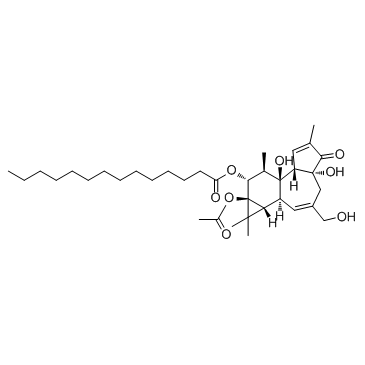 |
12-O-tetradecanoylphorbol-13-acetate
CAS:16561-29-8 |
|
 |
ccpa
CAS:37739-05-2 |
|
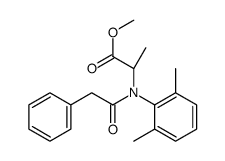 |
Benalaxyl-M
CAS:98243-83-5 |
|
 |
Ethylenediaminetetraacetic acid
CAS:60-00-4 |